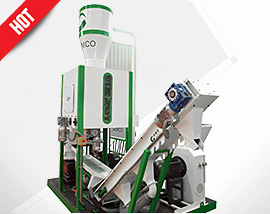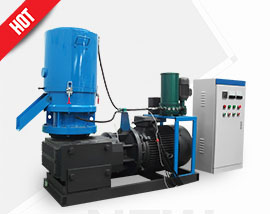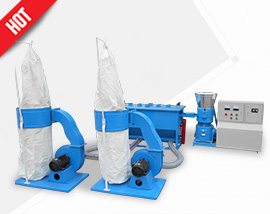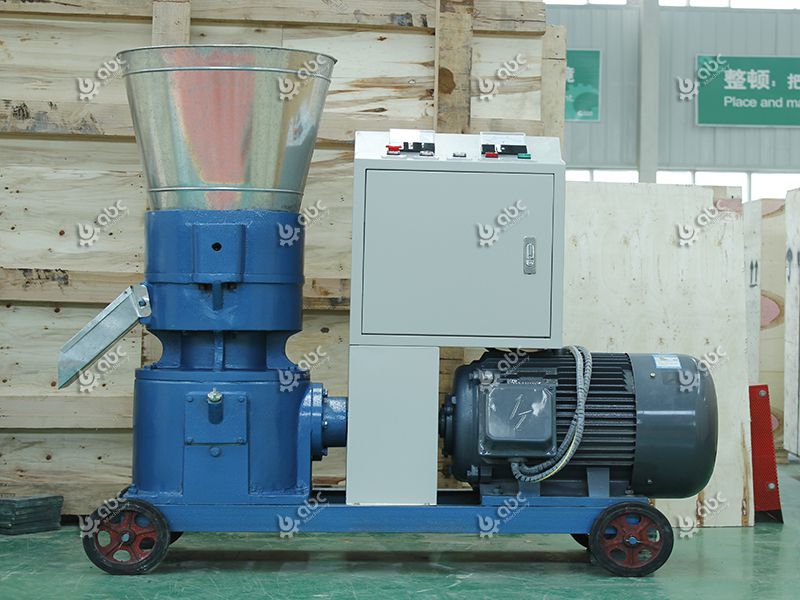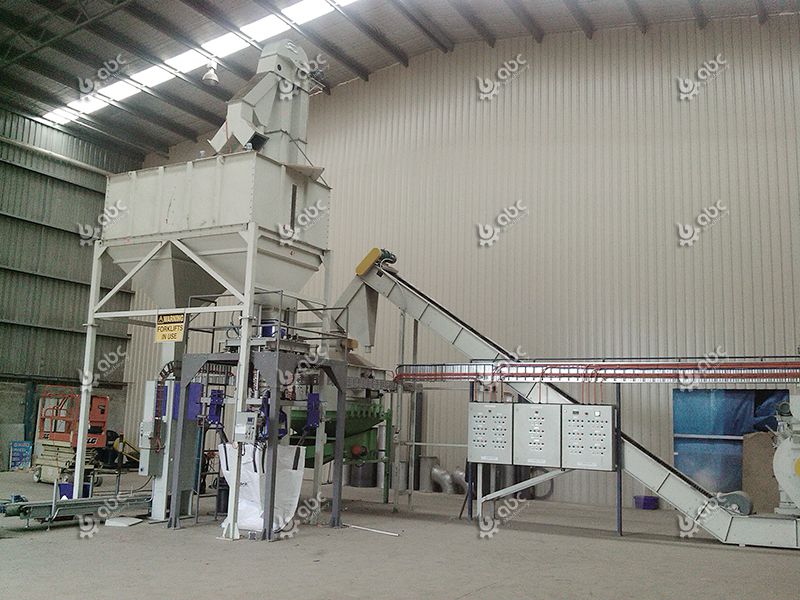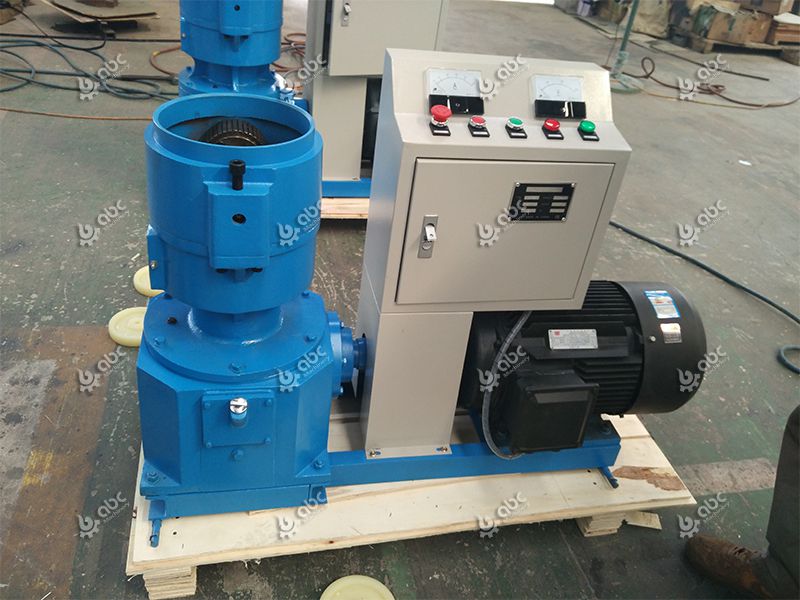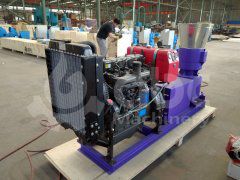2TPH Elephant Grass Pelletizing Plant in Philippines
This elephant grass pelletizing plant was constructed for one of our client in the Philippines. It is designed for making fuel pellets from elephant grass.
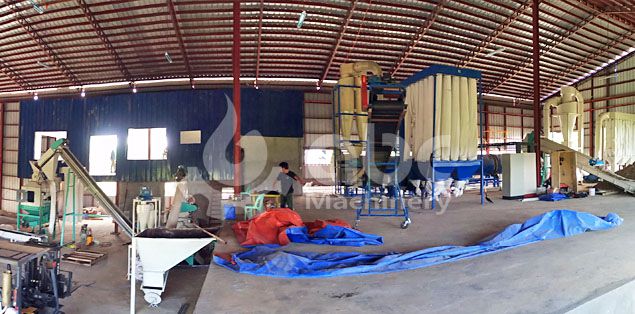
Full View of the Pellet Plant in Construction
Details of the Elephant Grass Pelletizing Plant Layout

Sun Dry Field

Grass Chopper outside the Plant
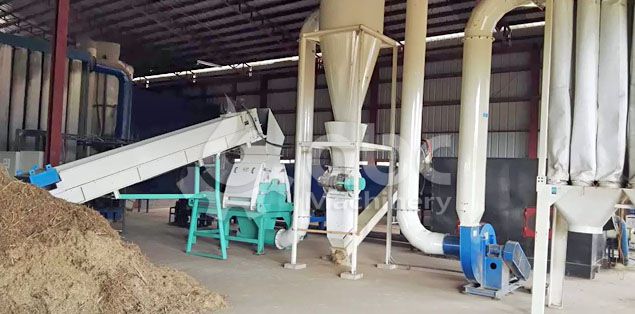
Crushing Machine
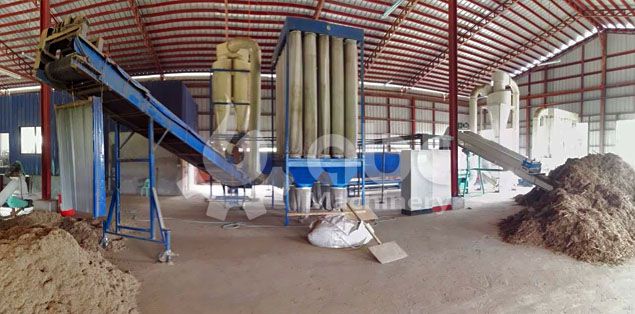
Drying Section
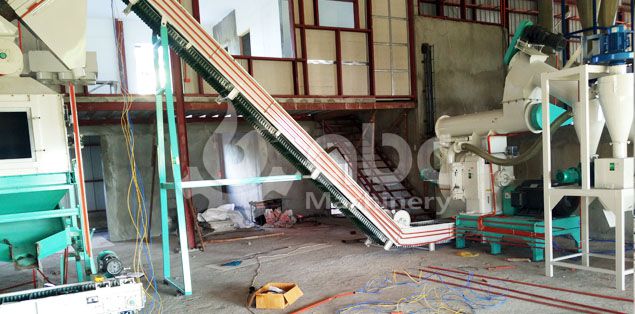
Pelletizing and Cooling

Make Pellets from Biofuel Grass
Elephant Grass as an Excellent Option for Fuel Source
Some call it Ugandan grass, elephant grass, Napier grass or Giant King grass. This grass thrives well in tropical and subtropical regions and can withstand 100 days of constant sun in a year and more than 32 inches of rain volume. As such, giant king grass grows very fast and is ready for harvest merely 195 days after planting. At an impressive 13 feet in length, the grass is ready for the next harvest within 120 days and provides an approximate of 375 metric tons of biomass. (Related Article: What's the Cost of Starting Wood Pelletizing Business?)
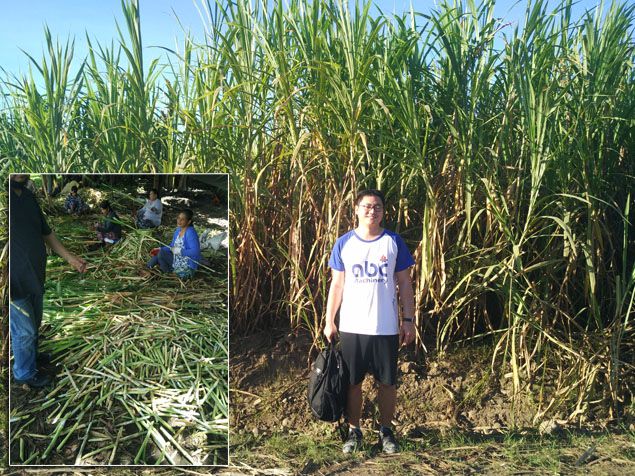
Our engineers go on a filed trip before starting the project.
This energy plant can churn out an estimated 18.4 MJ or 4400 kcal per kilogram. This grass actually exhibits similar properties as those of corn stover, one of the best raw materials for biomass pelletizing plant process. This conclusion is based on an analysis of the elemental and ash content. (Relate Project: 2TPH Fuel Pellet Making Production Line in Sir Lanka)
Elephant Grass Vs Miscanthus and Corn Stover
It is interesting to note that giant king grass, corn stover, and miscanthus are alike in composition. An analysis of their glucan, xylan, arabinan, lignin, and ash contents reveals a similar range in all three. Giant King Grass is, therefore, an excellent option for pellet production just like the two.
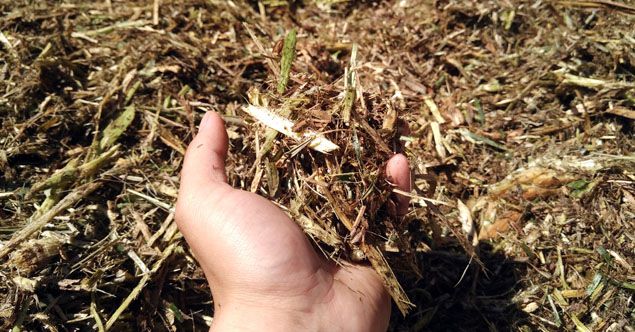
Notably, some of the advantages of giant king grass for pelletizing production include the following:
- Low cost of production with high return.
- Grows easily and is easily processed into pellets.
- Minimal amounts of fertilizer used.
- Easy to grow with no pesticide or any special care required.
Elephant Grass Pelletizing Plant Process
- Drying in order to get rid of the high moisture content ranging from as high as 75% and reducing it to 10%. This is key in ensuring high pellet quality.
- Crushing the grass into smaller sizes to be compatible to the pellet press.
- Cooling the freshly produced pellets giving them a chance to harden for durability.
- Packing into the desired form.
Why Choose Elephant Grass Pellets?
- High-performance, has high energy and burning performance.
- Renewable raw materials.
- Ease in transportation and storage due to their high density.
- Low production cost with impressive returns.
Elephant Grass Pellets Vs Wood and Straw pellets
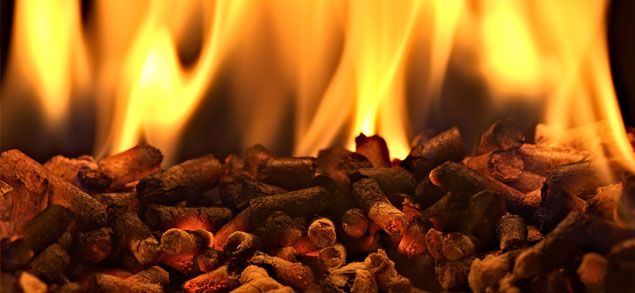
An in-depth analysis of heat value of all three reveals that giant king grass pellets are actually better than straw pellets and are equal to wood pellets. Compared to the two, giant king grass churns out 7900 BTU for each dry pond with coal giving 9000 and corn stover 7560.
It is clear that there are massive benefits in the elephant grass pelletizing plant. Furthermore, the profits involved are very impressive. Mass production of giant king grass pellets is, therefore, a very lucrative idea. If you are interested in our pellet machine or would like to get the price and cost details of setting up a pellet plant, don't hesitate to get in touch with us!



